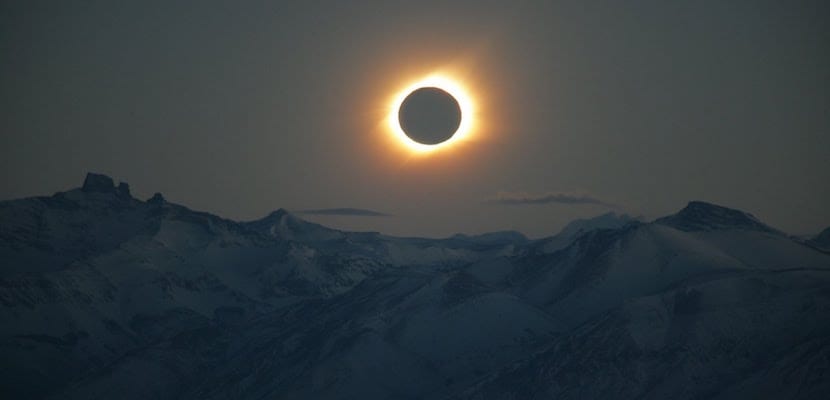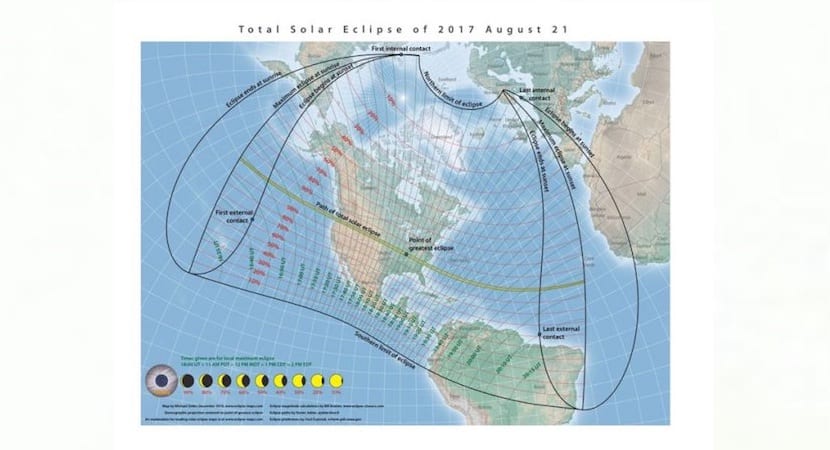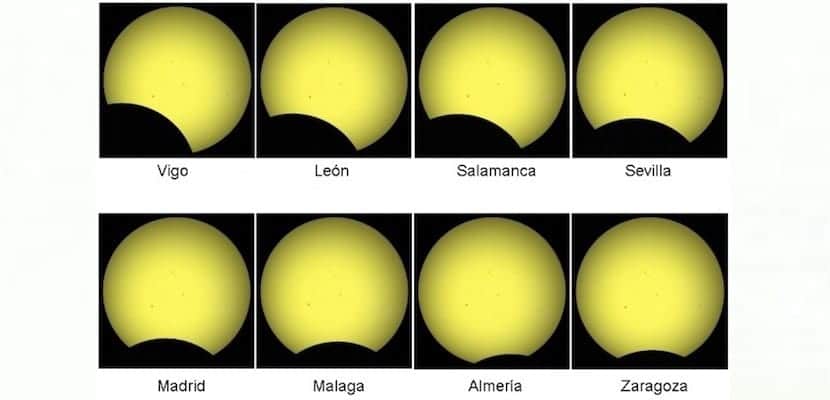
Next Monday, August 21, one of the most spectacular and anticipated astronomical events in recent years will take place: a Sun eclipse.
Often linked with conspiracy theories and, more specifically, with the possible arrival of the end of the world, the solar eclipse is an extraordinary event, which awakens interest and amazement throughout the world, although the cultures and beliefs are very different. If you want to enjoy the solar eclipse next Monday as much as possible, then we will tell you everything you need to know.
Keys not to miss the solar eclipse on Monday
For those younger, the first thing is to know what is a solar eclipseSurely when you know it, you will look forward to next Monday.
A solar eclipse consists of the "darkening" of the Sun, however, I write it in quotation marks because, although that is what it seems, it is not really. The eclipse of the sun occurs when the Moon is located right between the Sun and the Earth in such a way that it casts its shadow on our planet hiding behind her the star king.
The Moon is much smaller than the Sun however, since the star is four hundred times farther from the Earth than our satellite, it causes the visual sensation of covering the Sun completely. And it is that what will be produced next Monday, August 21, will be a total solar eclipse in certain areas of the planet, while in others its observation will be partial.

We already know what a solar eclipse consists of, but from what regions of the planet will the events be visible? How can we see it?
As we can see in the image above, the Moon will project a shadow and a penumbra on the Earth. There where it reaches the lunar shadow, the solar eclipse will be total, while in twilight areas, the solar eclipse will be partial. Obviously, given the spherical shape of the Earth, not the whole planet will be able to enjoy this astronomical event.
The Moon's shadow will "touch" the Earth's surface first, at a point in the Pacific Ocean, and will penetrate ashore through Oregon (Northwest United States). From there, you will cross the entire country and leave it for the sea through South Dakota. The lunar shadow will disappear at sunset in the southern part of Cape Verde.
Therefore, the solar eclipse will be total in some areas of the United States; on the contrary, the event can only be partially observed in the rest of North America, Central America, northern part of South America, and western part of Europe, including Spain.

According to information provided by NASA, the Sun will be completely dark for a time that can reach two minutes and forty seconds, although this duration will depend on the exact point from which it is being observed.
In City of Mexico, the partial solar eclipse can be observed up to 38%, while in northern areas of the country such as Tijuana, the Sun will be hidden up to 65% of its surface.
Meanwhile, in Western Europe the solar eclipse will only be visible during the final phase and partially. In Spain, coinciding with the sunset of Monday, August 21, the great lucky ones will be those who reside in the northwest of the Iberian Peninsula (Galicia, León and Salamanca) as well as in the Canary Islands, where the event will start at 19:50 p.m. local time reaching its climax almost an hour later, at 20:40 p.m. local time, when the Moon could hide up to thirty percent of the Sun.

Caution
NASA has already warned that we should not look at the Sun directly during the solar eclipseInstead, we must do it indirectly through "projections" by, for example, a telescope on a white surface, or by looking through a telescope that has the appropriate filters:
NOT WORTH: look at the eclipse reflected in the water or through the clouds, or use smoked glass or welding screens, or polarized filters ...